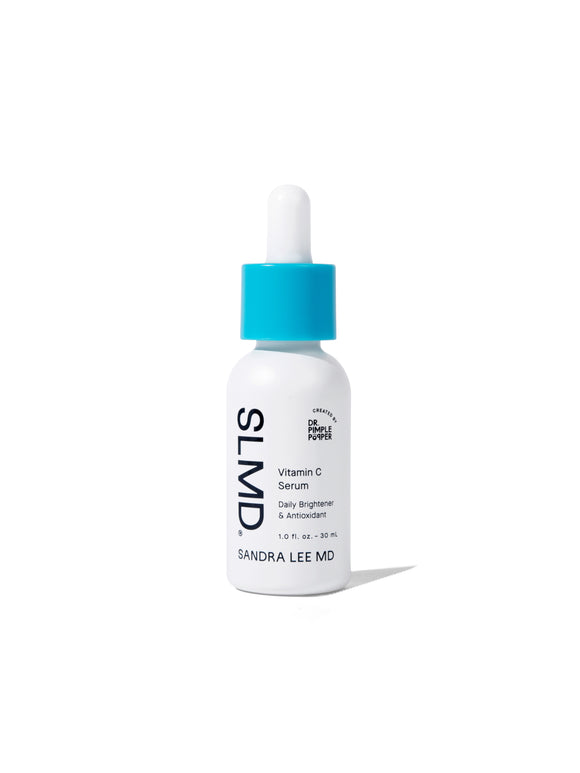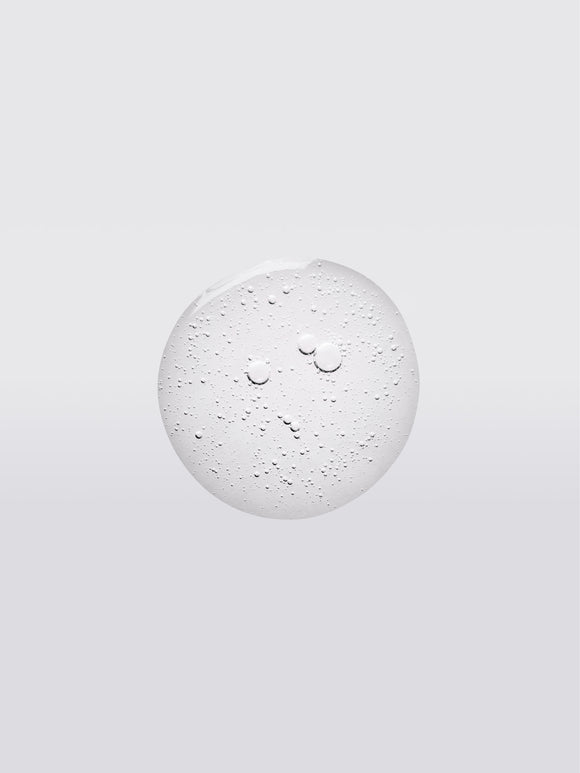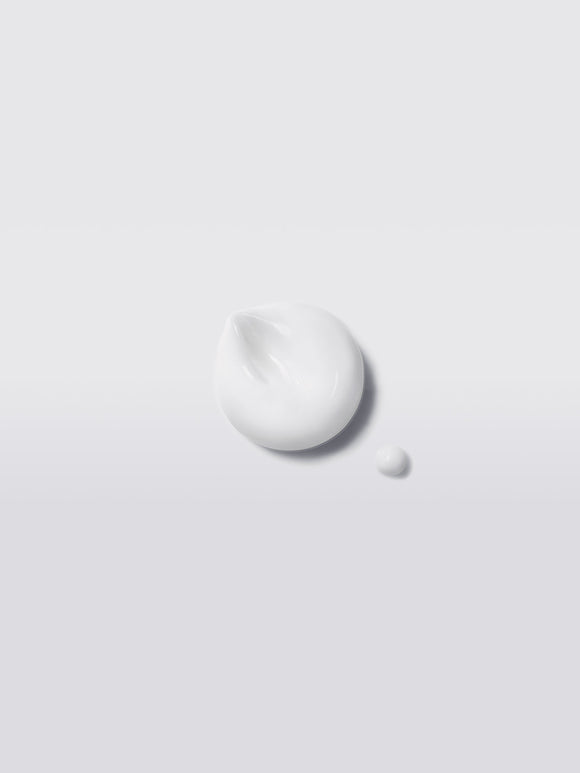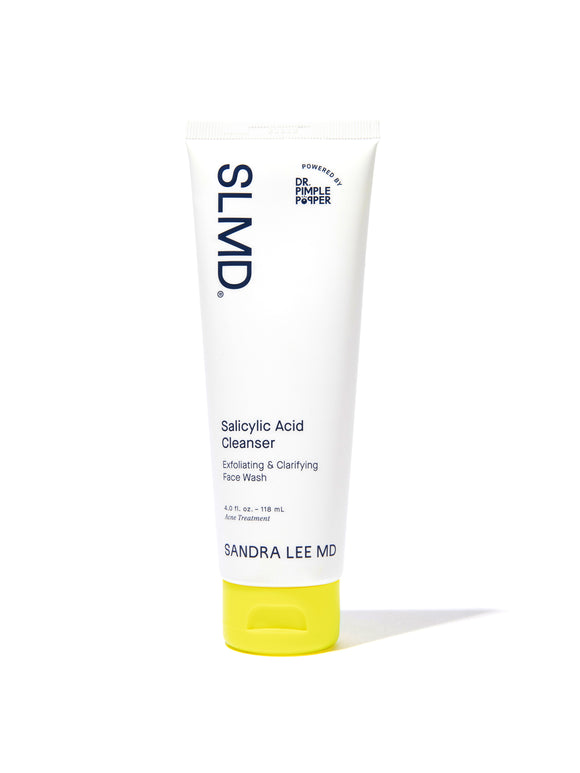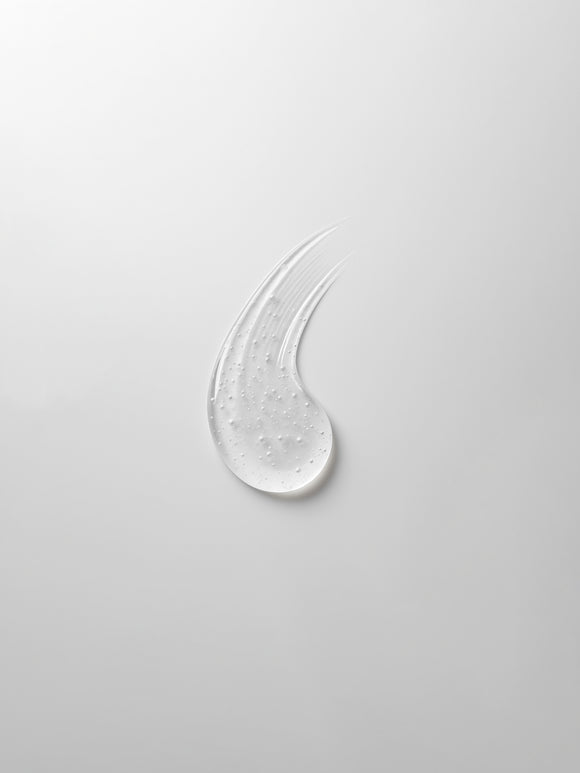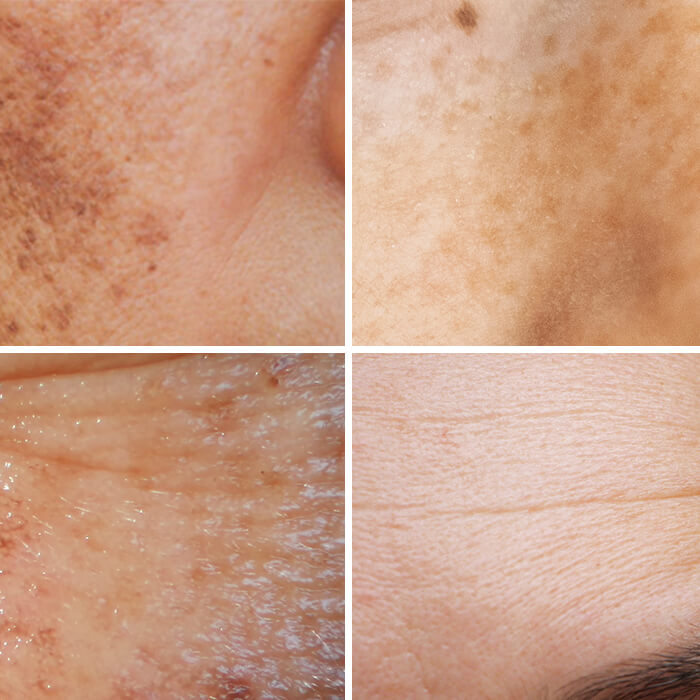
How to Treat and Reverse Sun Damage: Tips from Dr. Pimple Popper
Learn how to spot the first signs of photoaging — and what key ingredients really work to minimize it.
Published:
3 minute read
The first fine line. A tiny red spider vein near your nostril. That spot you thought was a freckle—now a large, dark patch. When sun damage starts to show up, it’s not a milestone to celebrate, but there are effective ways to manage and reduce it.
So what are the first signs of photoaging, and what can you do once you notice them? We spoke with our founder, board-certified dermatologist and SLMD Skincare founder Sandra Lee, MD (aka Dr. Pimple Popper), to get her expert advice.
Article Quick Links
First signs of sun damage: what to look for
Depending on factors like genetics, your lifestyle, and sun exposure, photoaging signs can appear as early as your twenties. Here are the common early signs of sun damage:
- Freckles: These melanin deposits (also called ephelides) form in response to UV exposure, but they aren't harmful.
- Fine lines and wrinkles: UV radiation speeds up collagen and elastin breakdown, causing wrinkles.
- Sagging skin: Elastin damage from sun exposure leads to skin losing its firmness.
- Broken blood vessels: Sun damage weakens the structure of blood vessels, causing them to stretch and form spider veins (aka telangiectasias).
- Age spots: UV exposure causes melanin to clump together, forming dark spots also known as liver spots.
- Melasma: A combination of sun and hormones can cause large, symmetrical patches of dark skin (aka hyperpigmentation).
Dr. Pimple Popper's Sun Damage Fixes
How to prevent sun damage before it starts
The best way to prevent sun damage is by being proactive with sun protection. However, even if you’ve had significant UV exposure, it's never too late to start protecting your skin.
Dr. Pimple Popper’s sun protection tips
- Wear sunscreen daily: Sunscreen should be part of your everyday routine. Choose a broad-spectrum SPF 15 or higher.
- Avoid peak UV hours: Try to stay out of direct sunlight between 10 a.m. and 2 p.m.
- Seek shade: Opt for shaded areas when you’re outdoors to minimize UV exposure.
- Protective clothing: Wear wide-brimmed hats, UV-rated clothing, and sunglasses for added protection.
The best ways to reverse sun damage
While some sun damage is permanent, you can still minimize its appearance with the right skincare ingredients. Here are some proven ways to address the first signs of damage.
Retinoids
Retinoids are a powerful option for repairing sun damage by increasing cell turnover and boosting collagen production. By using retinoids regularly, you can soften fine lines and wrinkles, improve skin texture, and fade dark spots.
- How they work: Retinoids stimulate new cell growth while preventing collagen breakdown, helping to repair skin over time.
- Usage tip: Start with an OTC retinol, which is gentler and well-tolerated by most skin types. Prescription-strength retinoids like tretinoin may yield more significant results, but can be irritating.
Try: SLMD Retinol Resurfacing Serum
Alpha Hydroxy Acids (AHAs)
AHAs, such as glycolic acid and lactic acid, help exfoliate the top layer of skin to reveal fresher, brighter skin underneath. They can reduce the appearance of fine lines, pigmentation, and rough texture caused by sun damage.
- How they work: AHAs dissolve the bonds between dead skin cells, improving texture and allowing fresh skin to emerge.
- Usage tip: Start with a mild AHA product 2-3 times per week and adjust based on your skin’s tolerance. For stronger results, consider professional chemical peels under dermatologist supervision.
Try: SLMD AHA/BHA Swipes
Antioxidants
When your skin is exposed to UV radiation, it sets off harmful chemical reactions, forming free radicals that cause oxidative damage over time. Antioxidants are substances that neutralize these free radicals, preventing or counteracting their damaging effects and helping to protect the skin from further sun damage.
- How they work: Antioxidants like vitamin C and niacinamide prevent free radical damage, reduce melanin production, and stimulate collagen repair.
- Usage tip: Use antioxidants daily to protect your skin and reverse signs of oxidative stress.
Try: SLMD Vitamin C Serum
FAQ: Dr. Pimple Popper on sun damage treatments
Q: How long does it take to see results from retinol on sun damage?
A: It usually takes 4-6 weeks to start noticing improvement in fine lines and dark spots, but full results can take up to 6 months or longer of consistent use.
Q: Can you reverse sun damage with over-the-counter products?
A: While you can't fully reverse deep wrinkles or sunspots, OTC products like retinoids, AHAs, and antioxidants can significantly reduce the appearance of early signs of sun damage over time.
Q: What are the best in-office treatments for more severe sun damage?
A: Laser treatments, chemical peels, and microneedling can provide more significant improvements in texture, pigmentation, and skin tone for severe sun damage.

Dr. Lee's Last Word
There’s no magic wand to erase sun damage, but you can take proactive steps to improve your skin’s appearance. A combination of sunscreen, antioxidants, and retinoids can make a big difference. It’s never too late to start taking care of your skin!





